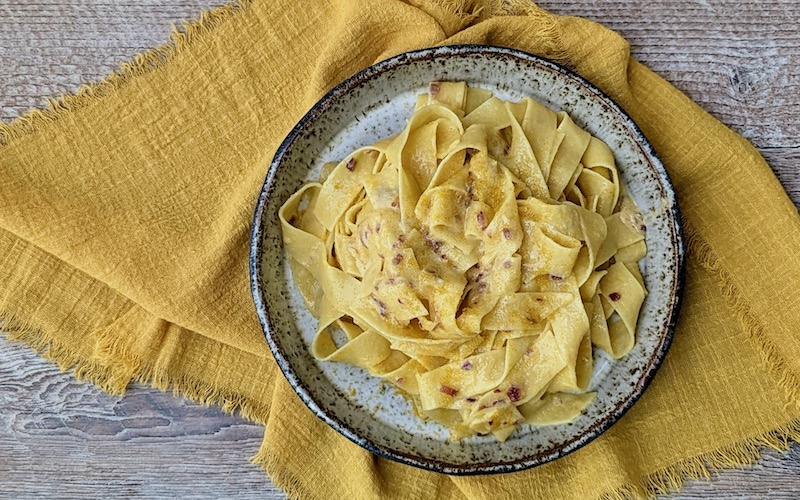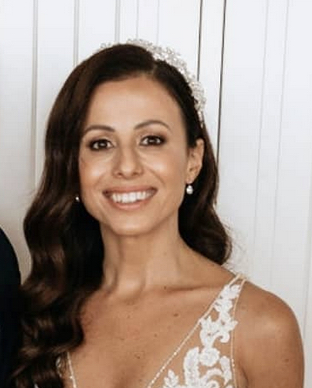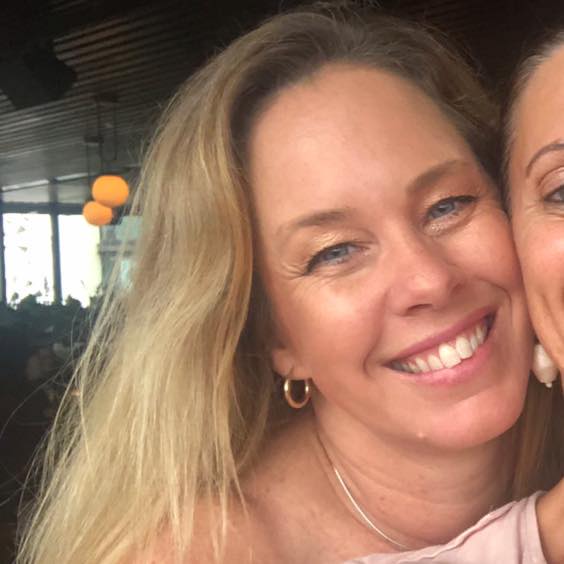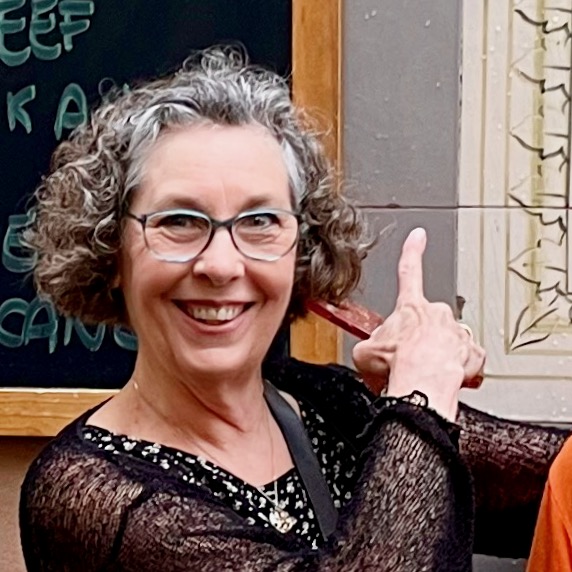

I love pasta! I also love lemon and bottarga, so I created this simple recipe combining all three. It’s inspired by my friend and co-author, Giovanni Pilu who introduced me to the joys of bottarga along with many other Sardinian ingredients (you can order his Aussie-made bottarga online and scroll to the bottom of this page to learn more about it). Giovanni created a simple dish of pasta dressed with butter and lemon for my husband Franz, calling it pasta Francesco; and he’s often served me spaghetti tossed with bottarga and olive oil. This recipe combines the two taking it to the next level. Try a glass of Traviarti’s elegant chardonnay with this simple pasta, its bright acid at once cuts through the rich butter and harmonises with the lemon. See the video below for all you need to know about cooking pasta perfectly.
Serves 2
Share page on:








Bottarga is the dried roe sac of various fish. The best known is the Sardinian specialty, bottarga di muggine made from the roe sac of grey mullet. Bottarga has been produced all over the Mediterranean since ancient times.
Bottarga is the Italian name for what we’d call dried mullet roe in English; it’s called buttariga in some Sardinian dialects. The Greeks call it avgotaraho, the French poutargue, in Spain it’s botarga and in Arabic, batarekh. Tuna roe (bottarga di tonno) has a stronger flavour than mullet roe (bottarga di muggine) and is popular in North Africa.
Bottarga has a salty savoury flavour (it’s high in umami) and a slightly grainy, waxy texture.
After a month or so of drying, bottarga’s perfect for slicing or shaving over salads or crostini. Aged for 3–4 months bottarga’s best for grating over pasta or to mix into butter to melt over steak or seafood or toss through pasta (like this Bottarga & Lemon Pappardelle) or vegetables.
The roe sac is extracted from the female fish, salted, pressed between wooden paddles and dried for a month or more during which it’s massaged regularly to remove any air pockets. Traditionally it was hung to air-dry then sealed in beeswax; today it’s dried on perforated trays in a temperature-controlled room, then cryovaced.
Giovanni Pilu sources mullet from northern NSW to make his own award-winning bottarga. He used to import bottarga from Sardinia until he discovered that most of it was made with mullet roe imported from Australia, then he decided to reduce the food miles and make his own.
Order Pilu Bottarga di Muggine online here.
Sometimes the term ‘caviar’ is used to refer to any fish roe, so in that sense bottarga is caviar. Strictly speaking caviar refers to the roe of sturgeon, in which case, bottarga is not caviar, bottarga is fish roe.